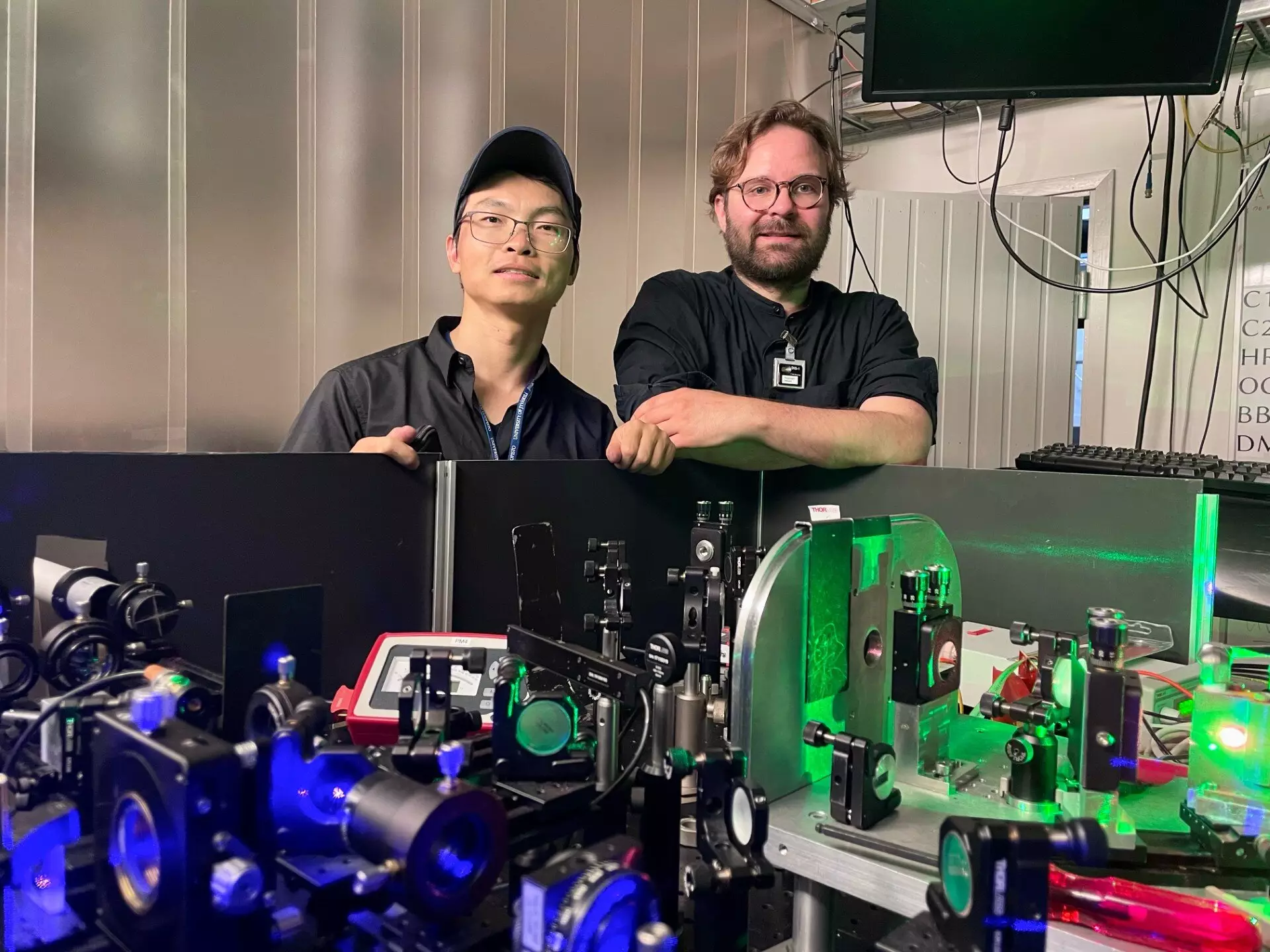Recent findings from researchers at the University of Jyvaskyla in Finland have shed light on a critical aspect of nuclear physics—the properties of neutron shell closures, specifically the magic number of 50 in the silver isotope chain. The concept of magic numbers is vital as it signifies the stability of atomic nuclei, which are formed via a delicate balance of protons and neutrons. Understanding these closures is essential in the quest to refine our knowledge of nuclear forces and the intricate dynamics within atomic structures.
In nuclear physics, the concept of “magic numbers” refers to certain numbers of protons or neutrons that provide enhanced stability to nuclei. These regions exhibit peculiar structural phenomena, particularly among the elements below tin-100 (100Sn), which is recognized as the heaviest doubly magic nucleus. The implications of this study extend far beyond merely understanding silver isotopes; it reflects on broader astrophysical processes and the underlying forces that govern matter at its most fundamental level.
The research focuses on the intricate behavior of binding energies within exotic nuclei in proximity to tin-100. These binding energies are not just statistics; they serve as critical data points that illuminate the stability of shell closures and the dynamics of proton-neutron interactions. The recent work highlights the richness of phenomena occurring in this region, emphasizing the significance of measuring these properties accurately for robust theoretical modeling.
For instance, the binding energies provide essential insights into the interactions between protons and neutrons, especially in the case of long-lived isomers and their relation to the elusive proton drip line. Mapping these relationships is fundamental for astrophysics, particularly in processes like rapid proton capture, which plays a prominent role in nucleosynthesis in stars. Thus, high-precision nuclear data serves as a benchmark for theoretical simulations, assuring that scientists can depict nuclear structures with greater reliability.
The researchers employed cutting-edge methodologies to probe the neutron shell closure with unprecedented precision. Utilizing a hot-cavity catcher laser ion source paired with a Penning trap mass spectrometer, they leveraged the innovative phase-imaging ion-cyclotron resonance technique to attain highly accurate measurements. Such advanced techniques allowed for detailed assessments of the mass differences in silver isotopes—particularly silver-95, silver-96, and silver-97.
The ability to analyze these isotopes, even at extremely low event yields, is a testament to the laboratory’s capabilities. As stated by Academy Research Fellow Zhuang Ge, the precision of about 1 keV/c² achieved underscores the advancements made possible by novel production methods for exotic nuclei. Such developments not only contribute to the robustness of current models but also enhance our understanding of the complex behaviors of these isotopes when examined alongside theoretical frameworks.
The data obtained from this research has substantial repercussions for theoretical frameworks in nuclear physics. Given the challenges faced in aligning theoretical predictions with experimental observations, the findings serve as pivotal benchmarks. Specifically, the precise measurements of the ground-state masses and excitation energy of the silver-96 isomer allow for a clearer depiction of nuclear properties beyond merely theoretical estimations.
As the properties of the silver isotopes are closely examined, the implications extend into astrophysics, particularly regarding modeling scenarios that involve nuclear isomers. Furthermore, the experimental work sets the stage for future studies aimed at elucidating ground-state properties along the N=Z line, which signifies a balance of protons and neutrons and is highly relevant to understanding isotopes in nuclear astrophysics.
This latest investigation into the magic neutron number 50 not only enriches our understanding of silver isotopes but also provides a crucial stepping stone for refining theoretical models in nuclear physics. By improving our comprehension of nuclear interactions and offering precise benchmark data, this research is pivotal in bridging gaps between experimental observations and theoretical predictions.
As the scientific community continues its pursuit of knowledge in this realm, the advancements made by the University of Jyvaskyla reaffirm the importance of innovative experimental techniques. The outcomes of this study will undoubtedly foster future investigations, pushing the boundaries of what is known about atomic structures and their profound implications for both physics and the universe at large.


Leave a Reply